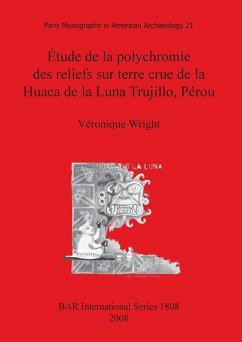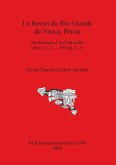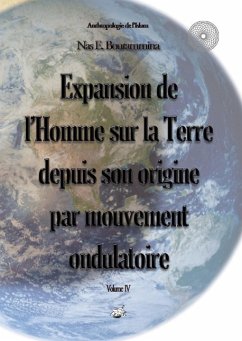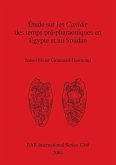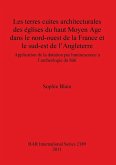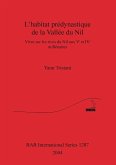Paris Monographs in American Archaeology 21 To the Mochica civilization, a pre-Inca society that developed on the north coast of Peru from the 1st to the 9th century AD, mural art represented an important form of artistic expression. Mainly reserved for cultural buildings and following a codified narrative language, these monumental painted scenes created a privileged means of communication that allowed the rulers to deliver to the people a symbolic message of the established political power and of the social order. The iconographic study of these paintings and reliefs on adobe has allowed us to understand that they were illustrating an ideological discourse essentially dedicated to the worship of divinities and to the associated ritual ceremonies. The identified mythical representations were, in this way, devoted to the Mochica religion and to the political power held by the elite. Thus, mural art not only had a decorative function but also a much more symbolic role: one of ideological vector, which was essential for this civilization without any textual writing. The importance of mural decoration within Mochica society inspired previous research on these rare relics further. In addition to the iconographic interpretations, it seemed essential to take an interest in the creation and elaboration process of these murals. By using archaeometry, rarely employed in Peru, the author has been able to answer not only archeological but also preservation problems. Thus, through the physicochemical study of the polychromy of the Huaca de la Luna on the site of Moche, of the Huaca Cao Viejo on the site of El Brujo, of the monumental complex of Castillo de Huancaco, and of the funeral platform of Sipán, it has been possible to obtain clues to the pictorial techniques used by the Mochicas artists. It was therefore possible to reconstitute the whole process followed in order to manufacture these mural paintings, from the extraction of raw materials to the final panel. By comparing the results from each site, it was possible to work on the spatiotemporal evolution of this artistic technology, to consider the organization of this handcrafted activity and to better understand the social status of Mochicas painter craftsmen. Finally, by following a multidisciplinary approach, carried out jointly in the laboratory and in the field, the author has evaluated the efficiency of the preservation treatments applied today on these relics, in order to optimize the durability of this exceptional painted heritage.

